Figures & data
Figure 1. Land use map of the Avellino Province. Inset graph indicates statistical distribution of land use classes. (Corine Land Cover (CLC) 2018, Version 2020_20u1- https://land.copernicus.eu/pan-european/corine-land-cover/clc2018)
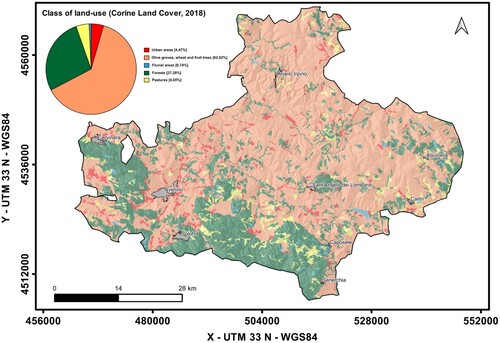
Table 1. Main data sources.
Table 2. Main features and places of outcrops of geologic complexes.
Figure 2. (a) Campo Maggiore endorheic basin, Avella–Partenio Moutains. (b) Bolle della Malvizza hydrothermal area. (c) Acquaserta waterfall. (d) Goleto Abbey. (Photo courtesy of Bocchino G.).
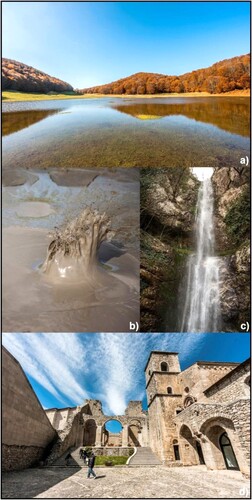
Figure 3. (a) D’Aquino castle of Grottaminarda. (b) old town of Cairano. (c) People without History Museum in Altavilla Irpina.
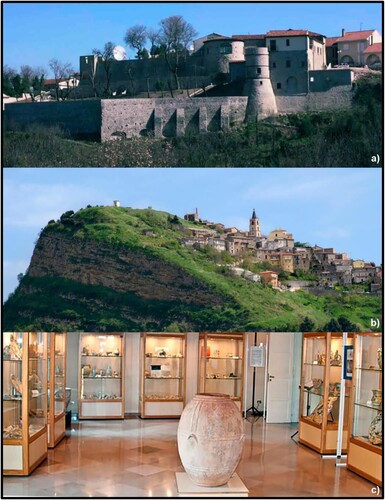
Figure 4. (a) Paternopoli garlic, (b) Caciocavallo Irpino, (c) Carmasciano, (d) Melella cherry. (e) Montoro onion. (f) Juncata Irpina, (g) Matasse Calitrane pasta, (h) Avellane hazelnuts, (i) Ravece olive oil, (j) Montecalvo bread, (k) Jummaro bread. (l) Pecorino Bagnolese cheese, (m) Peperoni Quagliettani, (n) San Marzano tomatoes, (o) Montella chestnuts, (p) Taurasi wine.
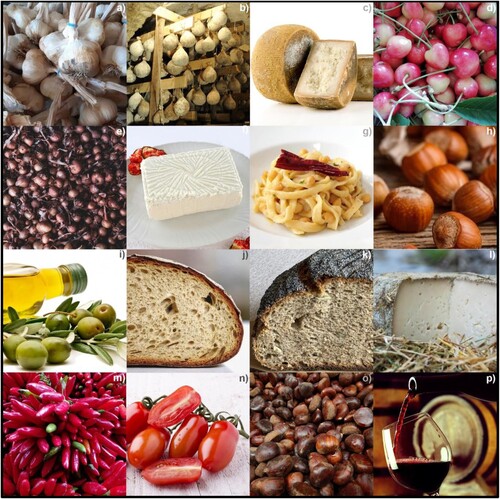
Figure 5. (a) Carnival of Montemarano, (b) Zeza of Mercogliano, (c) Cavalcata di Sant Anna of San Mango sul Calore, (d) Il giglio of Flumeri. (Photo courtesy of Bocchino G.).
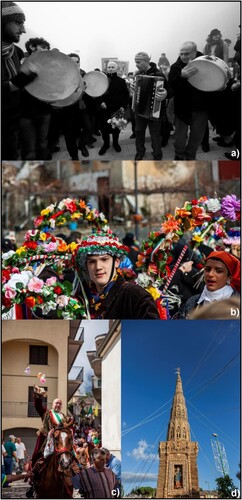
TJOM_2004941_Supplementary_material
Download PDF (28.1 MB)Data availability
The data that support the findings of this study are available from the corresponding author, Angelo Cusano ([email protected]), upon reasonable request.
